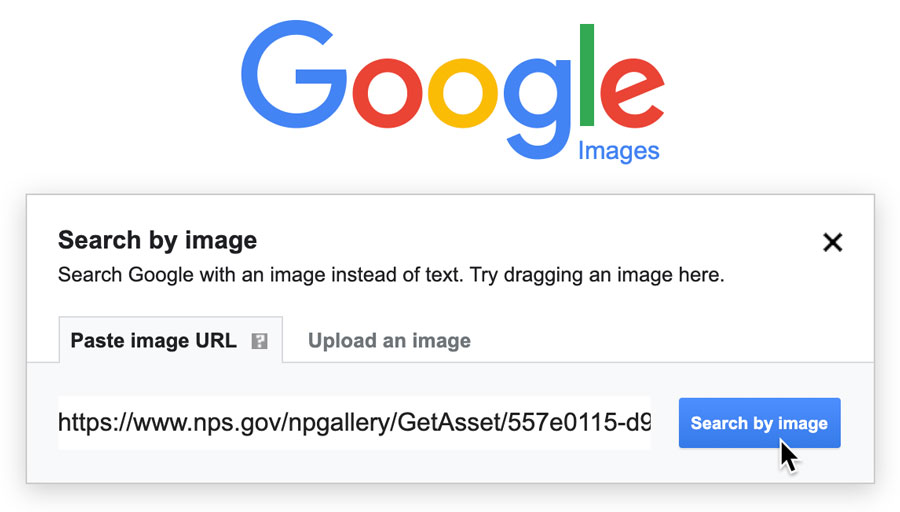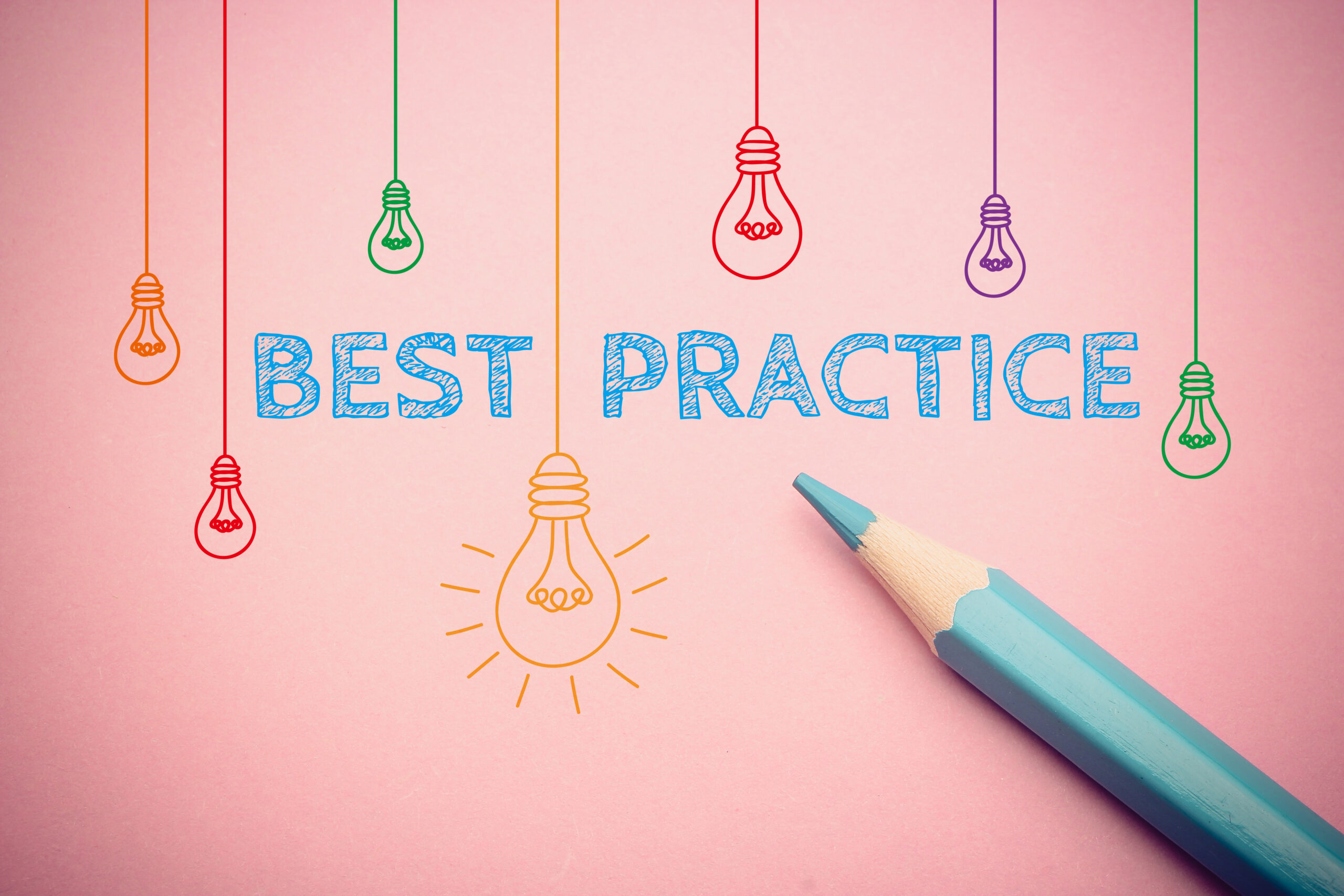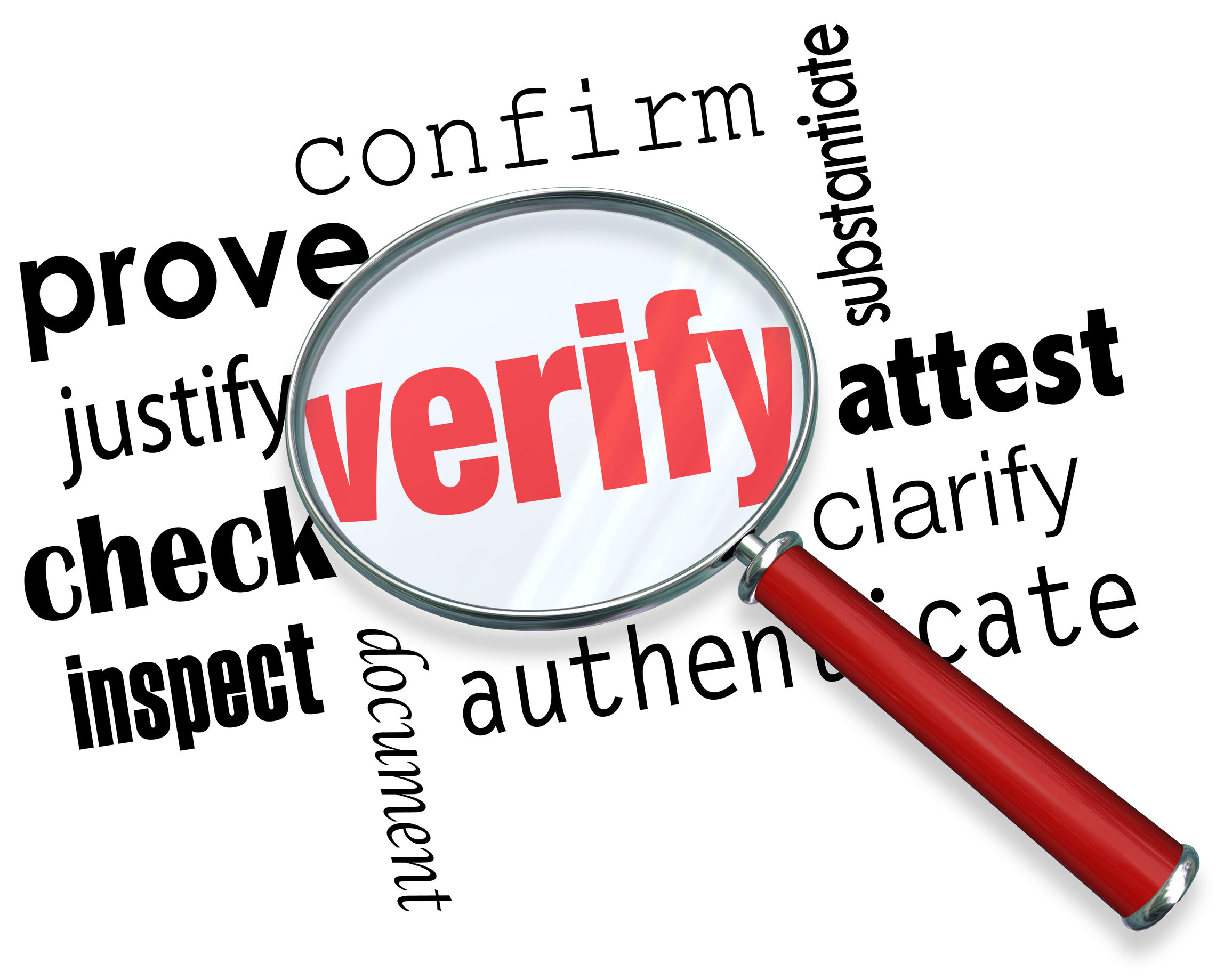Why Image Verification Matters in the Digital Age
In today’s digital landscape, the spread of misinformation and fake news has become a significant concern. One of the primary ways this happens is through the manipulation and misuse of images. With the rise of social media and online platforms, it’s easier than ever for images to be shared and disseminated quickly, often without being verified for accuracy. This is where the importance of verifying image authenticity comes in. By learning how to check an image on Google, individuals can take the first step in ensuring the information they share online is trustworthy and reliable.
The consequences of not verifying image authenticity can be severe. For instance, fake news stories and propaganda often rely on manipulated images to spread false information and sway public opinion. Moreover, copyright infringement is a significant issue, with many individuals and organizations using images without permission or proper attribution. By verifying image authenticity, individuals can help prevent the spread of misinformation and protect the intellectual property rights of creators.
Furthermore, verifying image authenticity is crucial in various industries, such as journalism, marketing, and education. In these fields, the use of accurate and trustworthy images is essential for maintaining credibility and building trust with audiences. By learning how to verify image authenticity, professionals in these industries can ensure the information they present is reliable and accurate.
In the next section, we will explore the steps involved in conducting a reverse image search on Google, a powerful tool for verifying image authenticity. By mastering this technique, individuals can take the first step in ensuring the accuracy and trustworthiness of the images they share online.
How to Conduct a Reverse Image Search on Google
Conducting a reverse image search on Google is a straightforward process that can help you verify the authenticity of an image. To get started, follow these steps:
1. Open Google Images by navigating to images.google.com in your web browser.
2. Click on the camera icon in the search bar to activate the “Search by image” feature.
3. You can either paste the URL of the image you want to search for or upload the image from your computer.
4. If you’re using a mobile device, you can also take a photo of the image or select it from your camera roll.
5. Once you’ve uploaded or pasted the image, click on the “Search by image” button to initiate the search.
Google will then analyze the image and provide you with a list of search results, including similar images, websites that have used the image, and other relevant information.
By using the “Search by image” feature, you can quickly and easily verify the authenticity of an image and find more information about its origin and usage.
In addition to the “Search by image” feature, you can also use the Google Images search bar to search for images. Simply type in a description of the image you’re looking for, and Google will provide you with a list of relevant results.
For example, if you’re looking for information on how to check an image on Google, you can type in “reverse image search” or “image verification” to find relevant results.
By using these features, you can take the first step in verifying the authenticity of an image and ensuring that the information you share online is accurate and trustworthy.
Understanding Google’s Image Search Algorithm
Google’s image search algorithm is a complex system that enables the search engine to index and retrieve images from across the web. To understand how the algorithm works, it’s essential to break down the process into its key components.
First, Google’s image search algorithm uses a process called crawling to discover and index images on the web. This involves sending software programs called “crawlers” or “spiders” to scan websites and identify images that can be added to the index.
Once an image is indexed, the algorithm uses a combination of techniques to analyze and understand its content. This includes recognizing patterns, shapes, and colors within the image, as well as analyzing the image’s metadata, such as its file name, description, and keywords.
The algorithm also uses machine learning to improve its ability to recognize and classify images. This involves training the algorithm on large datasets of images, which enables it to learn patterns and relationships that can be used to identify and categorize new images.
When a user searches for an image on Google, the algorithm uses a combination of these techniques to retrieve relevant results. This includes analyzing the search query, identifying relevant images in the index, and ranking the results based on their relevance and quality.
Understanding how Google’s image search algorithm works can help you optimize your images for search and improve their visibility in search results. By using relevant keywords, descriptions, and metadata, you can increase the chances of your images being indexed and retrieved by the algorithm.
In addition, using Google’s reverse image search feature can help you verify the authenticity of an image and find more information about its origin and usage. By uploading an image or entering a URL, you can use the algorithm to search for similar images and find more information about the image’s context and history.
Using Google’s Image Search Filters for More Accurate Results
When using Google’s reverse image search feature, it’s essential to refine your search results to find more accurate matches. One way to do this is by using Google’s image search filters. These filters allow you to narrow down your search results based on specific criteria, such as size, color, and usage rights.
To access the image search filters, click on the “Tools” button on the right-hand side of the Google Images search bar. This will open a dropdown menu with various filter options. You can then select the filters that are most relevant to your search query.
For example, if you’re searching for a specific image size, you can use the “Size” filter to select from options such as “Large,” “Medium,” or “Small.” You can also use the “Color” filter to select images based on their dominant color.
Another useful filter is the “Usage rights” filter. This filter allows you to select images that are labeled for reuse, which can be helpful if you’re looking for images to use for commercial or non-commercial purposes.
By using Google’s image search filters, you can refine your search results and find more accurate matches. This can be especially helpful when verifying the authenticity of an image, as it allows you to narrow down your search results to find more relevant information.
In addition to using Google’s image search filters, you can also use other techniques to refine your search results. For example, you can use specific keywords or phrases to search for images, or you can use the “Advanced search” feature to search for images based on specific criteria.
By combining these techniques with Google’s image search filters, you can find more accurate matches and verify the authenticity of an image with greater ease.
Alternative Methods for Verifying Image Authenticity
While Google’s reverse image search feature is a powerful tool for verifying image authenticity, it’s not the only method available. There are several alternative methods that can be used to verify the authenticity of an image, including fact-checking websites, reverse image search tools, and consulting with experts.
Fact-checking websites, such as Snopes and FactCheck.org, can be used to verify the authenticity of images that are being shared online. These websites use a team of researchers and fact-checkers to verify the accuracy of images and other online content.
Reverse image search tools, such as TinEye and ImageRaider, can also be used to verify the authenticity of an image. These tools allow users to upload an image or enter a URL, and then search for similar images across the web.
Consulting with experts is another method that can be used to verify the authenticity of an image. Experts in fields such as photography, art, and history can provide valuable insights and information about an image, and can help to verify its authenticity.
In addition to these methods, there are also several online resources that can be used to verify the authenticity of an image. For example, the International Press Telecommunications Council (IPTC) provides a database of images that have been verified as authentic.
By using these alternative methods, individuals can verify the authenticity of an image and ensure that the information they are sharing online is accurate and trustworthy.
It’s also important to note that verifying image authenticity is an ongoing process, and it’s not a one-time task. Images can be manipulated or fabricated at any time, so it’s essential to continually verify the authenticity of images, especially if they are being used to support a particular claim or argument.
Common Pitfalls to Avoid When Verifying Image Authenticity
When verifying image authenticity, there are several common pitfalls to avoid. One of the most significant pitfalls is relying on a single source. It’s essential to verify an image’s authenticity through multiple sources to ensure accuracy.
Another pitfall is ignoring context. Images can be taken out of context or manipulated to convey a different message. It’s crucial to consider the context in which an image is being used to ensure that it’s being represented accurately.
Falling for confirmation bias is another common pitfall. This occurs when individuals only seek out information that confirms their pre-existing beliefs or assumptions. It’s essential to approach image verification with an open mind and consider all available information.
Additionally, it’s essential to be aware of image manipulation techniques. Images can be easily manipulated using photo editing software, and it’s crucial to be aware of these techniques to avoid being misled.
Finally, it’s essential to verify the credibility of the source. Images can be shared by anyone, and it’s crucial to verify the credibility of the source to ensure that the image is accurate and trustworthy.
By avoiding these common pitfalls, individuals can ensure that they are verifying image authenticity accurately and effectively. It’s essential to approach image verification with a critical eye and consider all available information to ensure accuracy.
By being aware of these pitfalls, individuals can also improve their critical thinking skills and become more discerning consumers of online content. This is essential in today’s digital landscape, where misinformation and disinformation can spread quickly.
Best Practices for Using Images Online
When using images online, it’s essential to follow best practices to ensure that you’re using high-quality images, properly attributing sources, and respecting copyright laws. Here are some best practices to keep in mind:
First, always use high-quality images that are relevant to your content. This will help to enhance the user experience and make your content more engaging.
Second, properly attribute sources by including a caption or credit line that identifies the image’s creator and source. This is not only a matter of copyright law, but also a way to show respect for the image’s creator.
Third, respect copyright laws by only using images that are licensed for use or are in the public domain. You can use online resources such as Creative Commons or public domain image websites to find images that are available for use.
Fourth, consider using images that are optimized for web use. This will help to improve page load times and ensure that your images are displayed correctly on different devices.
Finally, always verify the authenticity of an image before using it online. This can be done by using reverse image search tools or fact-checking websites to ensure that the image is accurate and trustworthy.
By following these best practices, you can ensure that you’re using images online in a way that is respectful, responsible, and effective. Remember, images are a powerful way to communicate and engage with your audience, so make sure to use them wisely.
Additionally, consider using images that are diverse and inclusive. This will help to ensure that your content is accessible and engaging to a wide range of audiences.
By incorporating these best practices into your online content strategy, you can create a more engaging, respectful, and effective online presence.
Conclusion: The Importance of Image Verification in the Digital Age
In today’s digital landscape, verifying image authenticity is more important than ever. With the rise of misinformation, fake news, and copyright infringement, it’s essential to ensure that the images we share and use online are accurate and trustworthy.
By using Google’s reverse image search feature, image search filters, and alternative methods for verifying image authenticity, we can take the first step in ensuring that our online content is accurate and trustworthy.
Additionally, by following best practices for using images online, such as properly attributing sources, using high-quality images, and respecting copyright laws, we can create a more engaging, respectful, and effective online presence.
Verifying image authenticity is not just a matter of accuracy, but also a matter of ethics. By taking the time to verify the authenticity of an image, we can ensure that we are not perpetuating misinformation or infringing on someone’s copyright.
In conclusion, verifying image authenticity is an essential step in creating a trustworthy and effective online presence. By making it a habit to verify the authenticity of images, we can ensure that our online content is accurate, trustworthy, and respectful.
So next time you share or use an image online, take a moment to verify its authenticity. Your audience will thank you, and you’ll be contributing to a more trustworthy and accurate online community.






